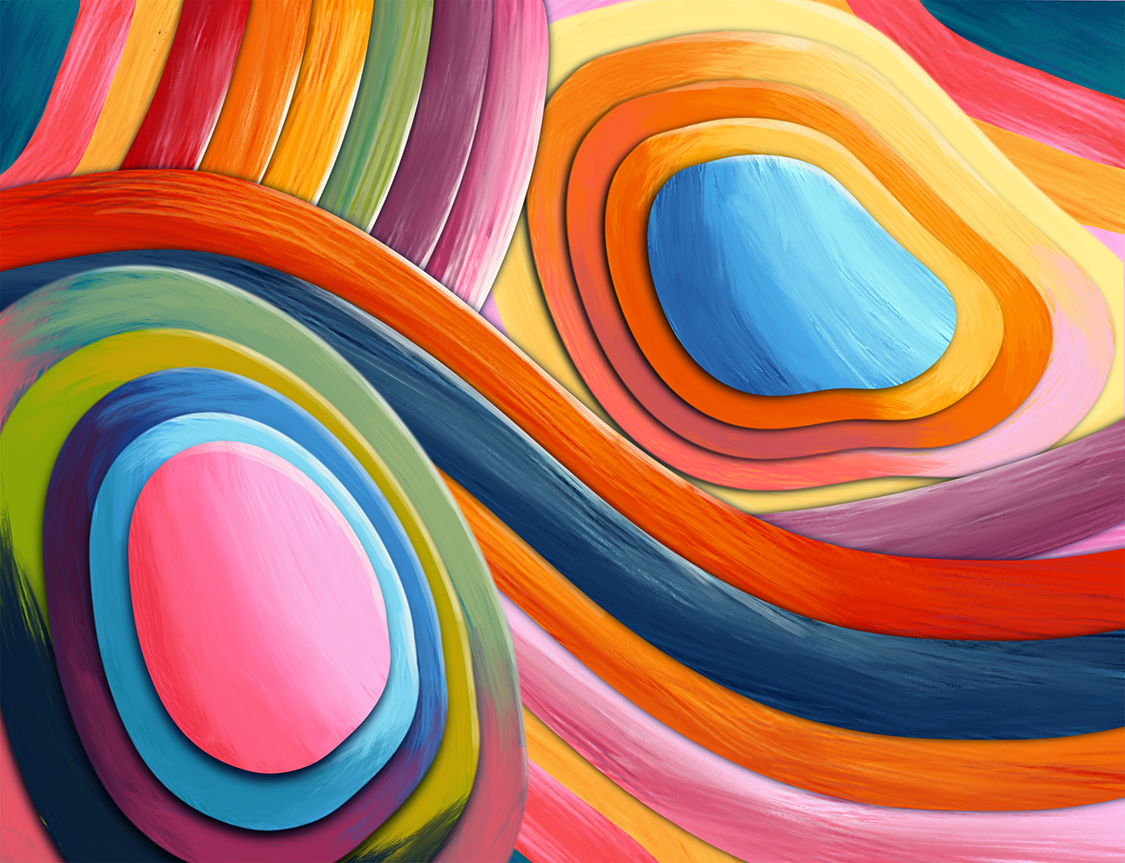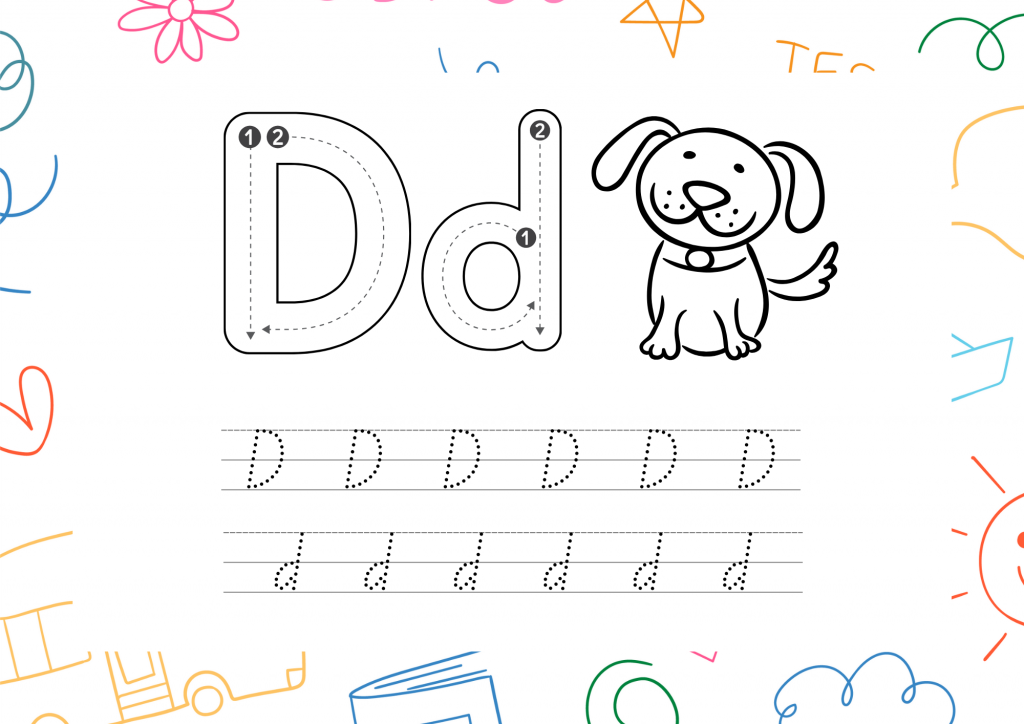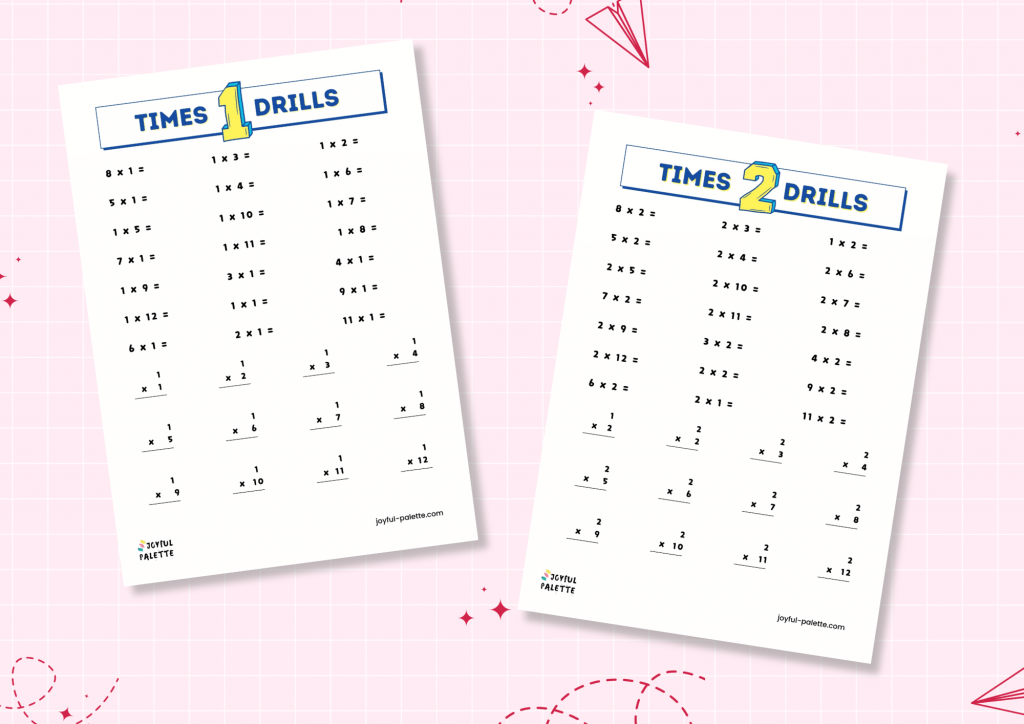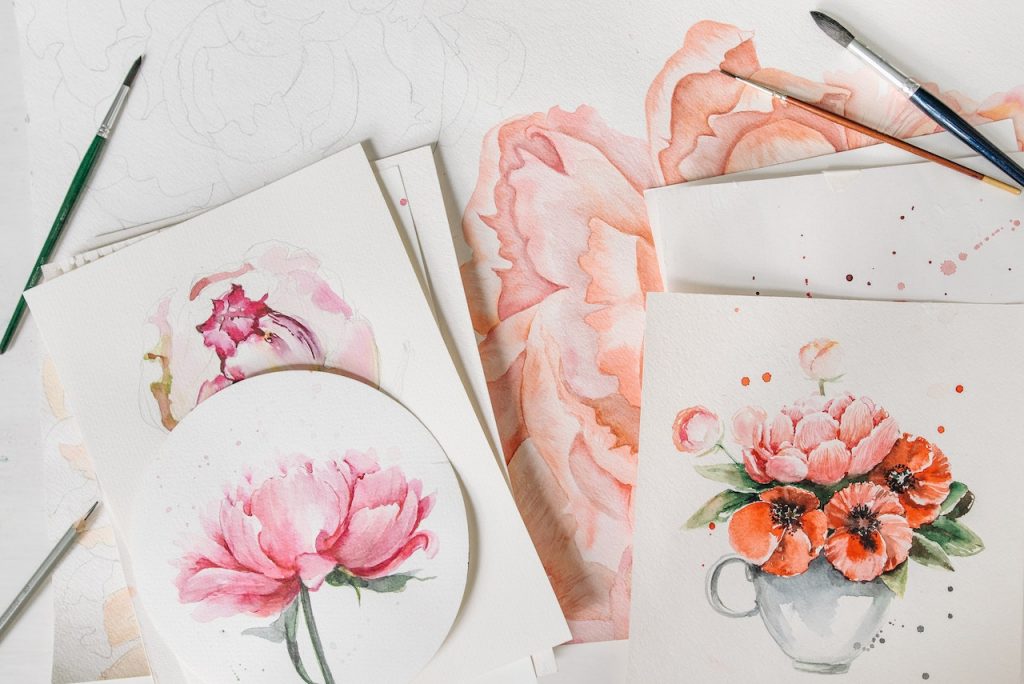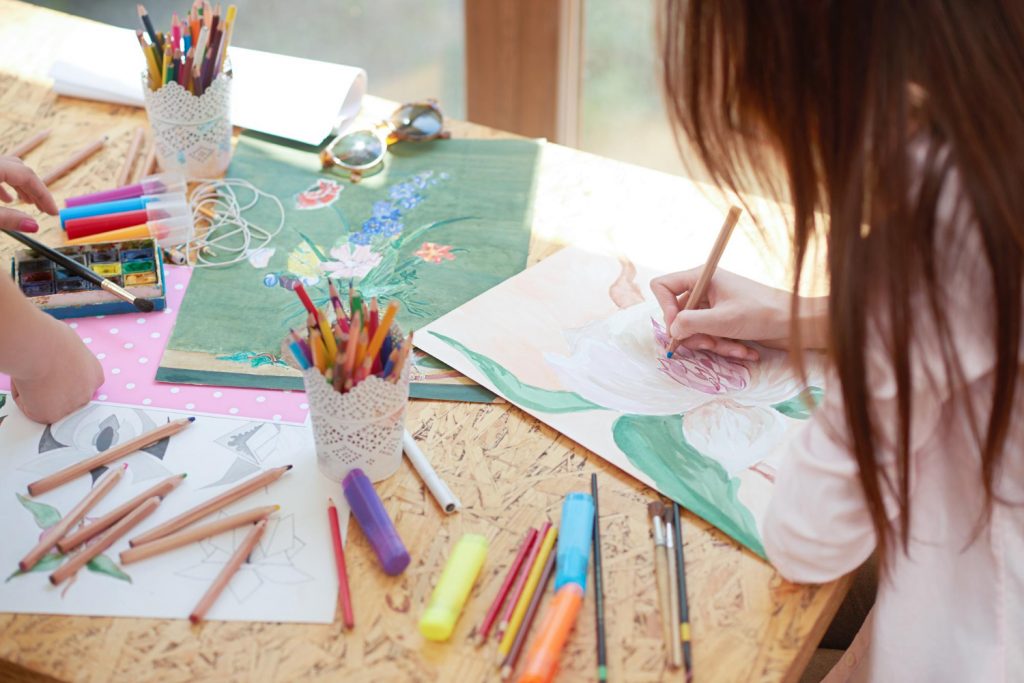The Psychology of Colors
Color psychology is the study of how colors affect human behavior and emotions. For preschool children, who are in a crucial stage of cognitive, emotional, and social development, colors can have profound impacts. Here’s how different colors can influence young children:
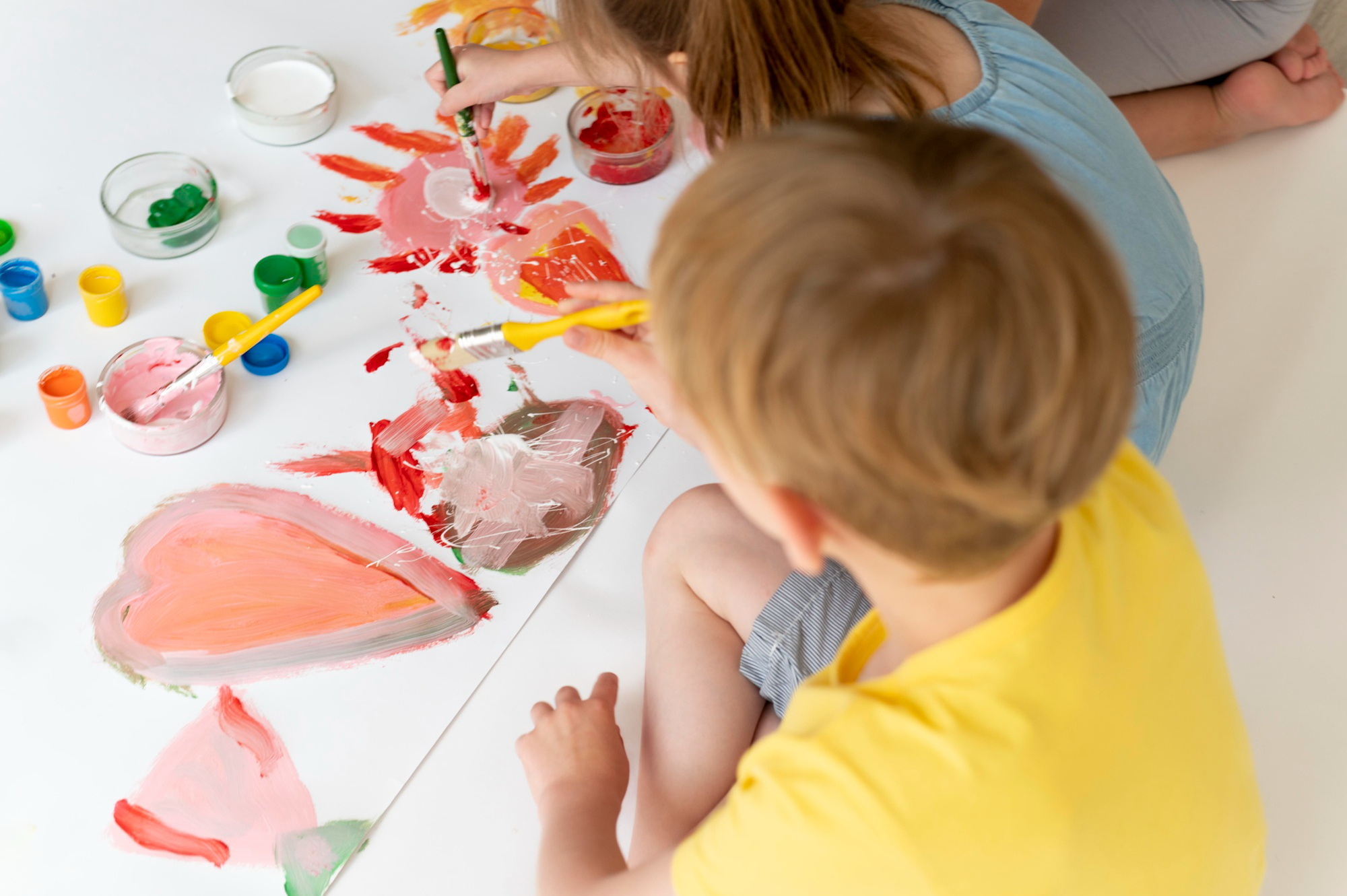
Psychology of the Color Red
The Energizer
- Effects: Red is a stimulating color that can increase energy levels and excitement. It can draw attention and create a sense of urgency.
- Use in Preschool: Red can be used sparingly in areas where activity and movement are encouraged, such as play zones. However, too much red can lead to over-stimulation and restlessness.
Psychology of the Color Blue
The Calmer
- Effects: Blue is known for its calming and soothing properties. It can help reduce anxiety and create a sense of tranquility.
- Use in Preschool: Blue is ideal for quiet areas like reading corners or naptime spaces. It helps create a peaceful environment conducive to concentration and relaxation.
Psychology of the Color Yellow
The Mood Booster
- Effects: Yellow is associated with happiness and cheerfulness. It can stimulate mental processes and encourage communication.
- Use in Preschool: Yellow is great for art and creativity areas, as well as spaces where social interaction is encouraged. It can help lift the mood and promote a positive atmosphere.
Psychology of the Color Green
The Harmonizer
- Effects: Green is linked to balance and harmony. It has a refreshing quality that can help in reducing stress and fostering a sense of well-being.
- Use in Preschool: Green works well in general classroom spaces. It provides a balanced background that neither overpowers nor underwhelms, making it ideal for sustained activities and learning.
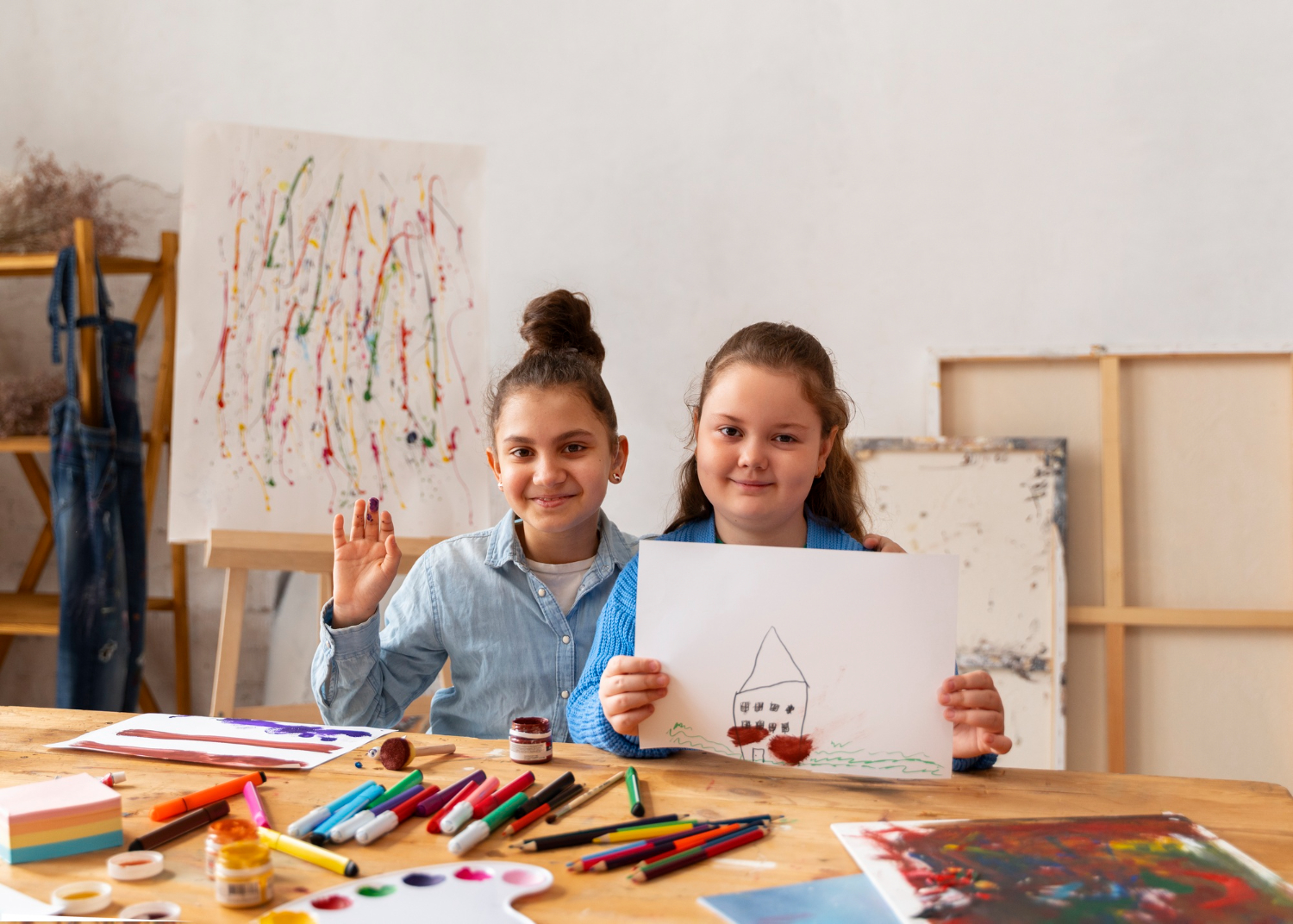
Psychology of the Color Purple
The Imagination Stimulator
- Effects: Purple is often associated with creativity and imagination. It can inspire children to think outside the box and express themselves.
- Use in Preschool: Purple can be used in areas dedicated to creative play, such as arts and crafts sections. It encourages imaginative thinking and creative exploration.
While you’re here, grab these free printables!
Practical Applications in Preschool Settings
Given the psychological effects of colors, here are some practical tips for using colors effectively in preschool environments:
- Balanced Color Schemes: Incorporate a mix of colors to create a balanced environment. Avoid overwhelming children with too much of a single color.
- Functional Zoning: Use colors to define different zones in the classroom. For example, use calming blues and greens for quiet areas, and vibrant reds and yellows for active play spaces.
- Personalization: Allow children to personalize their spaces with colors they are drawn to. This can help them feel more comfortable and engaged.
- Nature’s Palette: Incorporate natural colors and elements. Greens and browns can create a connection to nature, which has its own calming and grounding effects.
- Observe Reactions: Pay attention to how individual children respond to different colors. Some children might be particularly sensitive to certain colors, and adjustments may be needed to accommodate their preferences and needs.
While you’re here, grab these free printables!
Colors are more than just decorative elements in a preschool setting; they are powerful tools that can influence young children’s emotions, behaviors, and learning experiences. By thoughtfully integrating colors into preschool environments, we can create spaces that not only delight the eyes but also nurture the minds and hearts of our youngest learners.
As we paint the world for our children, let’s remember that each hue holds the potential to shape their experiences in beautiful and meaningful ways. So, the next time you step into a preschool, take a moment to appreciate the colors around you – they are hard at work, making magic happen every day.
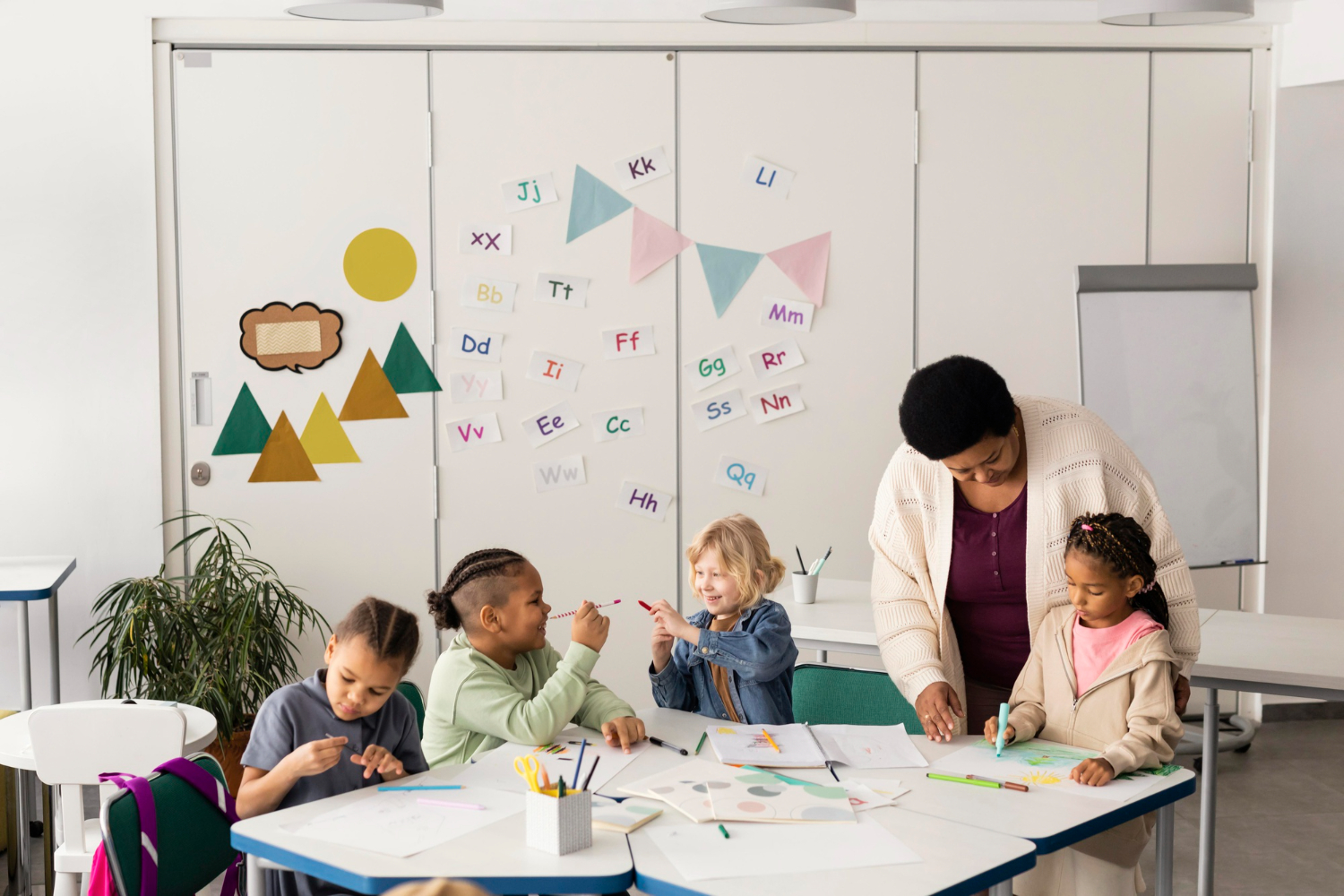
How Colors Affect Preschool Children?
When we think about a preschool classroom, our minds often conjure images of vibrant walls, colorful toys, and bright artwork. This isn’t just a random aesthetic choice; colors play a significant role in the development and daily experiences of preschool children. Understanding the effect of colors on young minds can help parents, educators, and caregivers create environments that foster learning, creativity, and emotional well-being.
Moreover, it’s essential to recognize that children’s responses to colors can be subjective and influenced by personal experiences and cultural backgrounds. Some children might find certain colors comforting, while others might react differently. Therefore, observing and understanding individual preferences is crucial for creating an inclusive and supportive environment. By integrating a thoughtful mix of colors, educators can cater to the diverse emotional and psychological needs of preschool children, ultimately enhancing their overall well-being and developmental journey.

